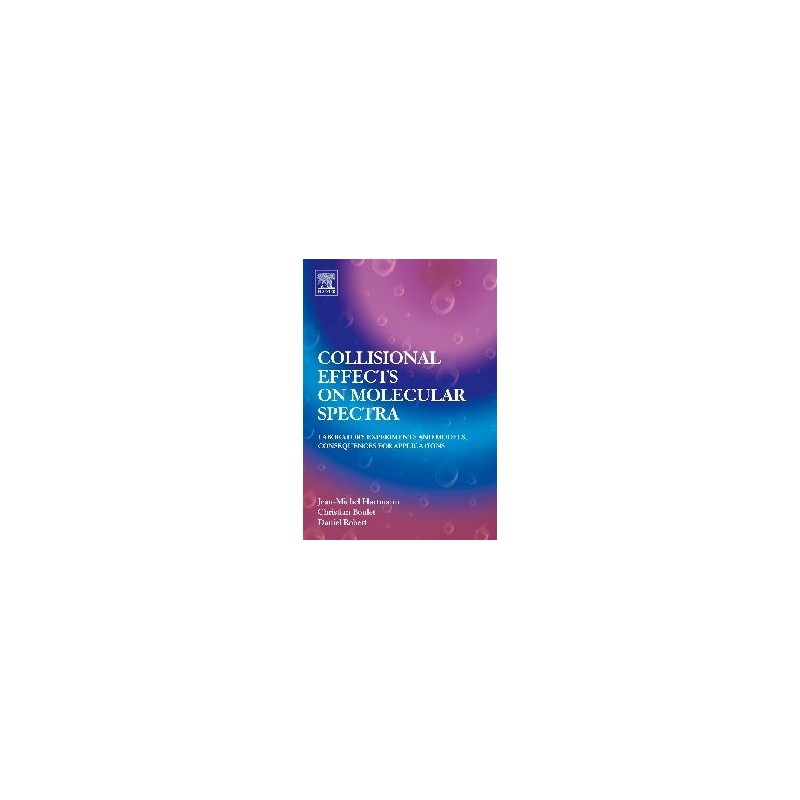- Out-of-Stock



No product available!
No product available!
No product available!
No product available!
No product available!
No product available!
Assembled 4-channel dimmer for network lighting. AVT5361 C
No product available!
The eXtremestyle silicone cable (1.5m length) with US Type C connector. Allows you to charge the device and transfer data. eXtreme S15UCW
No product available!
PolyMax power connectors 3.5 mm Gold, 10 pairs (20 pcs) (HK68)
No product available!
No product available!
The switch module has a relay with a control function via a WiFi network. It can be connected to a WiFi network or act as a stand-alone access point. It has the function of measuring electricity consumption and protection against overload / overheating. Shelly 1PM
No product available!
Angular contact strip in black, double-breasted, female, 2x10, pitch 2.54mm, THT, RoHS. PBD20R
No product available!
Micro SD 32GB class 4 card with NOOBS for RPi
No product available!
9.7" monitor with e-Paper screen equipped with a mini HDMI interface. It offers a resolution of 1200x825 pixels, a wide viewing angle and low power consumption. Waveshare EINK-DISP-97 (EU)
No product available!
Self-assembly case designed for the Odroid H2 computer. It allows you to conveniently mount the Odroid H2 computer and up to 2 SATA 2.5 "drives. ODROID-H2 Case Type 3
No product available!
AVT kit for self-assembly of a miniature 9V power module. AVT1913 / 9 B
No product available!

